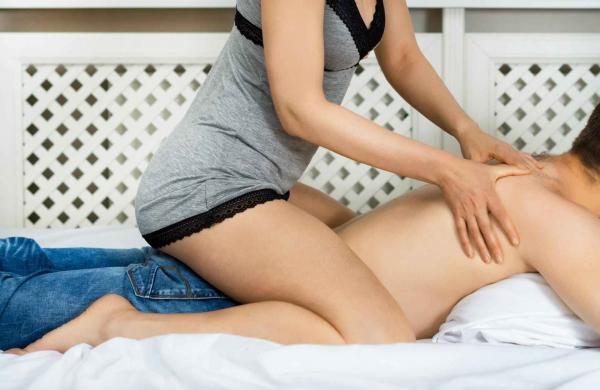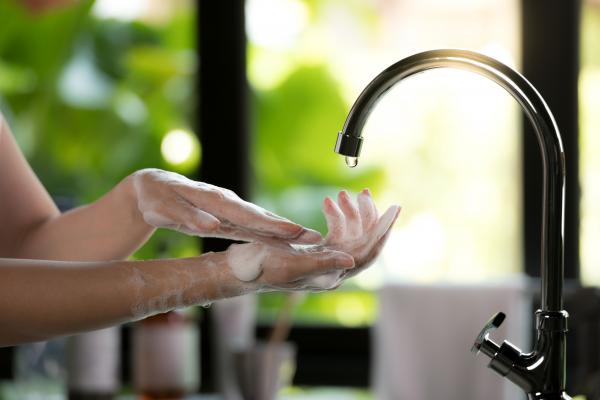Part II: All About the G-Spot


What do you think about the idea that the G-spot and the G-spot orgasm is a myth?
So, how do you achieve a G-spot orgasm?
What are some ways women can stimulate their G-spot (with or without a partner)?
Alone, a woman can reach inside her vagina with one or two fingers to manually stimulate her G-spot. There are many "C" or "U" shaped toys that are very good at G-spot stimulation once the woman knows how to use them. Using a toy like this is often better because it typically takes 10-20 minutes of stimulation to achieve orgasm, and this is much less tiring than if the woman used her fingers. Women's partners can stimulate the G-spot manually with one or two fingers with either her lying on her back, on her stomach or sitting up on her knees. It's best to experiment with all three (or more) positions. This is both for the woman to learn the best position for her, and to make the position comfortable for her partner. Many partner’s hands will tire out too soon, so it is good for them to alternate different ways of rubbing the G-spot (or A-Spot or O-Spot) area. One technique is the "come here" motion done with the finger about four times per second. When this technique tires the hand and forearm, keep the finger slightly bent and stiff, and then mimic that motion by pulling via the arm. There are many ways to learn how to provide continual vigorous stimulation for the 10-20 minutes needed. For sexual penetration from a partner (intercourse or via a phallic toy) the best motions either involve positions where the penis/toy press into the G-spot area either by thrusting or by an "up and down" motion. For thrusting, this is usually best accomplished from behind. For the "up and down" motion this is accomplished with the woman sitting on top, straddling the partner or with the partner standing by the side of the bed with the woman laying at the edge with her legs up around the partner's shoulders. The key is to have a rocking motion of her pelvic area causing the penis/toy to move up and down. For many men, they have to practice either how to delay ejaculation or use a condom with a numbing agent to allow them to be able to maintain vigorous thrusting/rocking motion for approximately 20 minutes. The best advice I can give is to approach it as a massage to feel the experience (don't think -- just feel) without orgasm being the goal. The goal is just to feel it. Different women have different degrees of development for the neural pathways to these areas. Over time and with practice, this will increase. The best analogy I can give is if women are used to achieving orgasm from specific clitoral stimulation -- that's a superhighway to their brain. The other spots are unmarked trails back to the brain (i.e., the nerves aren't developed and they don't know what to expect to feel, and if it feels different they start thinking/worrying and that interferes). With all the above types of stimulation, it is often very pleasant for the woman or her partner to press or rub on her lower abdomen just above her pubic bone. This pressure pushes down causing the upward pressure on the G-spot area to be more intense. It is also possible using a hi® unit or in rare cases using vigorous massage in the area just above the pubic bone to induce a feeling similar to a G-spot orgasm, but this varies highly from woman to woman. Another benefit of G-Spot (or A/O-spot) orgasms is many women can have multiple orgasms in succession vaginally with very short or no refractory periods in between. Clitoral orgasms typically have a minute to several minutes of rest where the woman has to stop.








